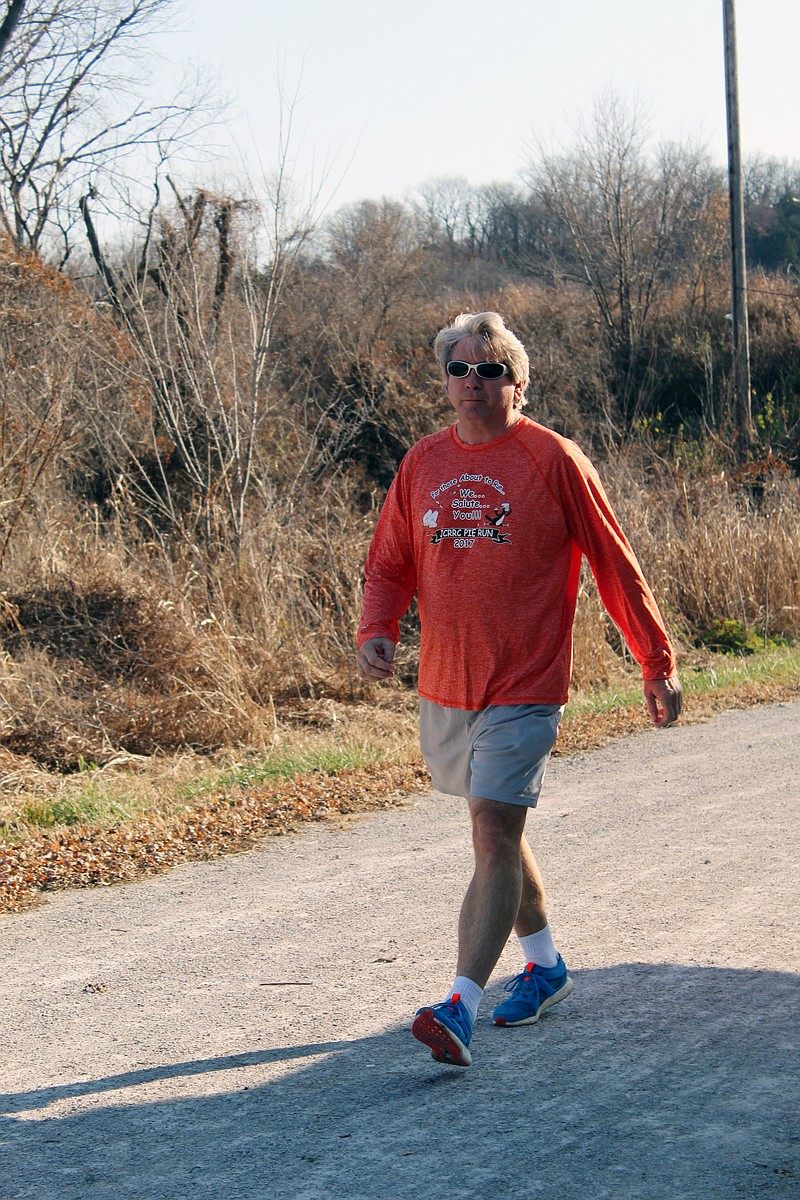So you want to be a runner.
That's great, but don't schedule your first marathon just yet.
In fact, experts recommend you don't run a step until you've walked more than a few.
"Don't run too much too early," Nick Wagner said.
Wagner, vice president of Jeff City Road Runners, pointed out the injury risks of heavy mileage with little recent experience.
"You may be in shape cardiovascular, but your body is not used to the impact, and shin splints are no fun," he said.
First step: getting motivated. Dr. Therese Miller, a professor of health and exercise science at Fulton's Westminster College, recommends asking yourself a question:
"Identify: What are your goals for running?" she said.
For example, are you seeking general health? Weight loss? Or do you have your eye on a particular running event, such as an upcoming 5K race?
Pinpointing that goal could help you find the right plan, such as the popular Couch to 5K program.
Next, Miller advises finding the right shoes. Not any athletic footwear will suffice; running has a unique impact and requires shoes specifically designed for that activity.
Of course, you'll also need medical clearance before you take up running. If you haven't worked out in a while, it won't hurt to see a doctor first.
Now it's time to hit the pavement. Wagner, of the Road Runners, suggests new fitness buffs gradually add more and longer running periods to their walks. Increase those running times about 10 percent each week, he said.
"Try to establish a solid base of cardio before you work on real speed," he said.
That walk-to-run method helped Jefferson City's Kevin Stock return to shape.
Stock, 56, was a track and cross-country star in his younger days. Through his post-graduation years, though, work and family started to take up the bulk of his schedule.
"Basically, I didn't put in the time for exercise and running," he said.
In 2009, a diagnosis with diabetes reminded him he needed to get back his healthy lifestyle. He adopted a walk-run plan that he would now recommend to others.
"Start out slow and pick up the pace within your individual workout," he said. "Pick up mileage over time."
For example, a new exerciser might walk a 15- to 20-minute mile on his or her first excursion. After a few more walks, you might add some briefs runs. A ratio of one minute of running for five minutes of walking could work for newbies. Gradually increase that running time and decrease the walking time until that ratio is backwards - a one-minute walking break for each five minutes of running.
A good goal could be to eventually run an entire workout.
"Then after a certain point you don't need that walk break," Stock said.

